Ultimate Guide to Training Your Dog at Home: A Complete Guide
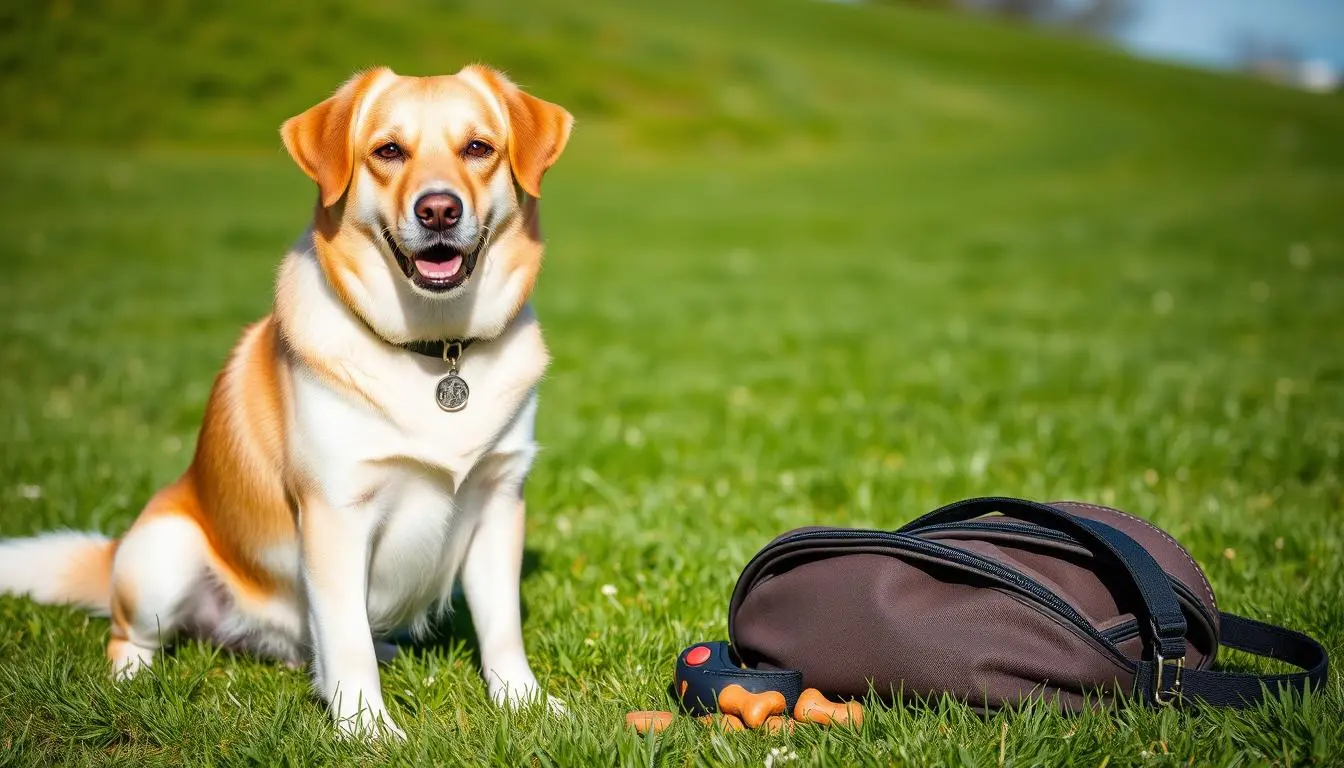
As a lifelong dog lover, I’ve experienced the joy of having a canine friend. Training a dog can be tough, especially for new pet owners. That’s why I’m excited to share this guide on training your dog at home.
Whether you want to teach your dog basic commands or solve behavior issues, this article has you covered. You’ll learn how to use positive reinforcement to train your dog. This approach makes training rewarding and empowering.
Key Takeaways
- Learn effective techniques for training your dog at home using positive reinforcement
- Discover how to address common behavioral issues and build a stronger bond with your pet
- Understand the cost benefits and convenience of home-based dog training
- Tailor your training approach to your dog’s unique learning style and age
- Establish a consistent training schedule that fits your lifestyle
Why Training Your Dog at Home Makes Sense
Training your dog at home is very convenient and comfortable. It saves money, strengthens your bond, and fits your schedule perfectly.
Cost Benefits of Home Training
Professional dog training can be expensive. But, training at home saves a lot of money. You can do it yourself with the right tools and effort.
Strengthening the Owner-Dog Bond
Training at home means more time with your dog. This builds trust and a strong bond. It’s a great way to connect with your pet.
Convenience and Flexibility
Training at home is super convenient. You can set up a schedule that works for you. It’s easy to fit training into your busy life.
Home training is a great way to improve your dog’s behavior. It’s comfortable and familiar. Start training your dog at home and see the amazing changes.
Essential Equipment for Home Dog Training
Effective home dog training needs the right tools. You’ll need leashes, treats, clickers, and interactive toys. Each item is key to teaching your dog good habits and making training fun.
Leashes and Collars
A good leash is the base of your training. Choose a durable, adjustable leash for control. Match it with a comfy collar or harness for your dog’s safety and comfort.
Positive Reinforcement Treats
Treats are a big motivator in clicker training. Pick small, tasty treats like cooked chicken or cheese. Use them sparingly to keep them effective.
Clickers and Targets
A clicker can really help your dog learn. The “click” sound marks good behavior clearly. Use it with a target stick or platform to teach complex actions.
Interactive Toys and Puzzles
Interactive toys and puzzles keep your dog’s mind active. Try snuffle mats, puzzle feeders, and chew toys. They encourage problem-solving and natural foraging.
With these tools, you’re ready to start a positive and fun home dog training journey. It will be great for both you and your dog.
Understanding Your Dog’s Learning Style
Effective dog training starts with knowing your dog’s learning style. Tailor your training to how your dog learns best. This way, they can learn and remember new things better. Let’s explore what makes your dog’s learning style unique.
Visual vs. Auditory Learners
Some dogs learn better with visual cues like hand signals. Others prefer to listen to verbal commands. Watch how your dog reacts to different cues to figure out their learning style.
Food-Motivated vs. Praise-Motivated Dogs
Dogs can be either food-motivated or praise-motivated. Food-motivated dogs love treats for learning new tricks. Praise-motivated dogs enjoy hearing “good boy” and getting hugs. Knowing your dog’s preference helps in training.
Age-Specific Training Approaches
The age of your dog affects their training needs. Puppies need short, fun sessions often. Older dogs might need a slower pace and more practice. Adjust your training to match your dog’s age for better results.
Understanding your dog’s learning style makes training more fun and effective. By embracing their unique preferences, you help them learn new skills. This way, they become the well-behaved friend you want them to be.
Training Your Dog at Home: Getting Started
Starting your dog’s training at home is both fun and rewarding. First, pick a special area for training. Then, set clear rules and teach basic commands with positive methods.
Choose a quiet spot in your home for training. It should be free from distractions. Make this area a calm place for your dog to learn. Start by making it a positive space with treats and praise.
Next, create clear rules for your dog. Use simple words they can understand. Use positive reinforcement training to teach them. Reward them for good behavior and following commands.
Mastering Basic Commands
Begin with the most important basic commands like “sit,” “stay,” and “come.” These commands help your dog listen better and make your bond stronger.
- Sit: Teach your dog to sit on command, using a treat or verbal praise as a reward.
- Stay: Train your dog to remain in a stationary position until you release them with a cue.
- Come: Encourage your dog to come to you when called, rewarding them with affection or a favorite treat.
Remember, positive reinforcement training is key. Rewarding your dog’s progress makes learning fun. It builds confidence and strengthens your bond.
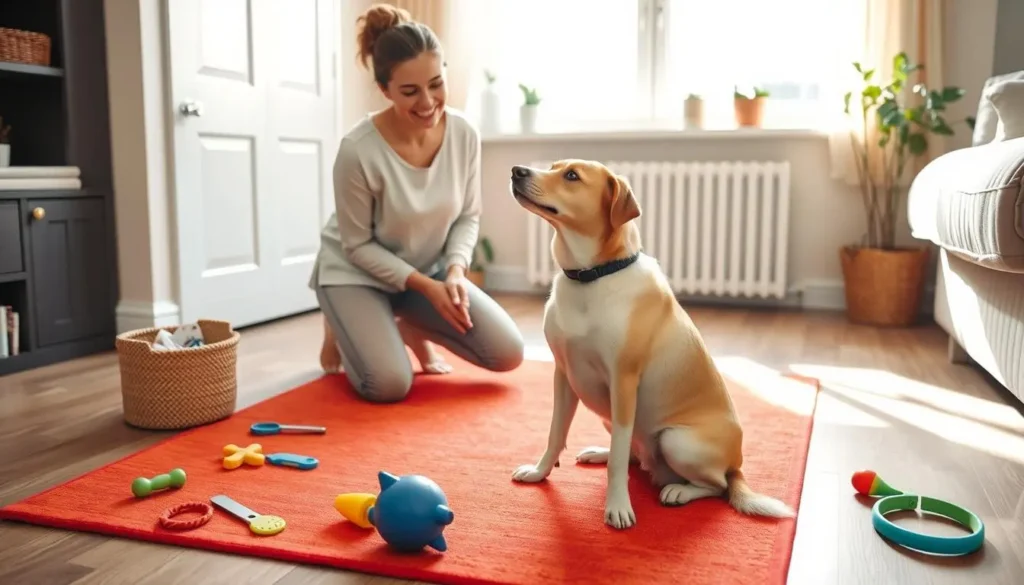
Establishing a Consistent Training Schedule
Consistency is key in dog obedience training. A routine helps your dog learn better and keeps good behaviors strong all day. Regular training in the morning, evening, and weekends keeps your dog focused and on track.
Morning Training Sessions
Begin your day with a quick training session. It’s a great time for basic commands like “sit,” “stay,” and “come.” This keeps your dog alert and ready for the day.
Evening Training Routines
As the day ends, review what you’ve learned. Evening sessions are perfect for practicing and learning new things. It’s also a chance to bond with your dog and end the day positively.
Weekend Training Plans
- Use weekends for longer training sessions.
- Play interactive games to keep your dog interested.
- Try different training methods, like clicker training, to see what works best.
Consistency is crucial for dog training. A structured schedule helps your dog learn faster and strengthens your bond.
| Training Session | Duration | Focus |
|---|---|---|
| Morning | 10-15 minutes | Basic commands (sit, stay, come) |
| Evening | 15-20 minutes | Reinforcing behaviors and introducing new challenges |
| Weekend | 30-45 minutes | Interactive games, clicker training, and reward-based approaches |
“Consistency is the foundation of effective dog training. By establishing a routine, you’re setting your canine companion up for success.”
Basic Commands Every Dog Should Know
Teaching your dog basic commands is key to a strong bond and their safety. Commands like sit, stay, come, heel, and leave it make your dog well-behaved. Let’s explore how to teach these commands at home.
Sit and Stay
The sit and stay commands are the base of dog training. Start with teaching your dog to sit using positive reinforcement. Once they get it, teach them to stay, increasing time and distance as they improve.
Come and Heel
The come and heel commands keep your dog safe and in control. Teach them to come when called and walk beside you. Use treats and praise to encourage them.
Leave It
The leave it command stops your dog from getting into trouble. Place a treat on the ground and teach them to ignore it until you say it’s okay.
Consistency and patience are crucial when training at home. Set a regular training schedule and use positive reinforcement. With dedication, your dog will become well-behaved and obedient.
| Command | Description | Training Technique |
|---|---|---|
| Sit | Dog sits on command | Use treats and praise to reward the behavior |
| Stay | Dog remains in position until released | Gradually increase duration and distance |
| Come | Dog returns to you when called | Use a happy, enthusiastic tone and rewards |
| Heel | Dog walks calmly by your side | Practice with treats and verbal praise |
| Leave It | Dog ignores unwanted objects | Place a treat on the ground and teach the command |
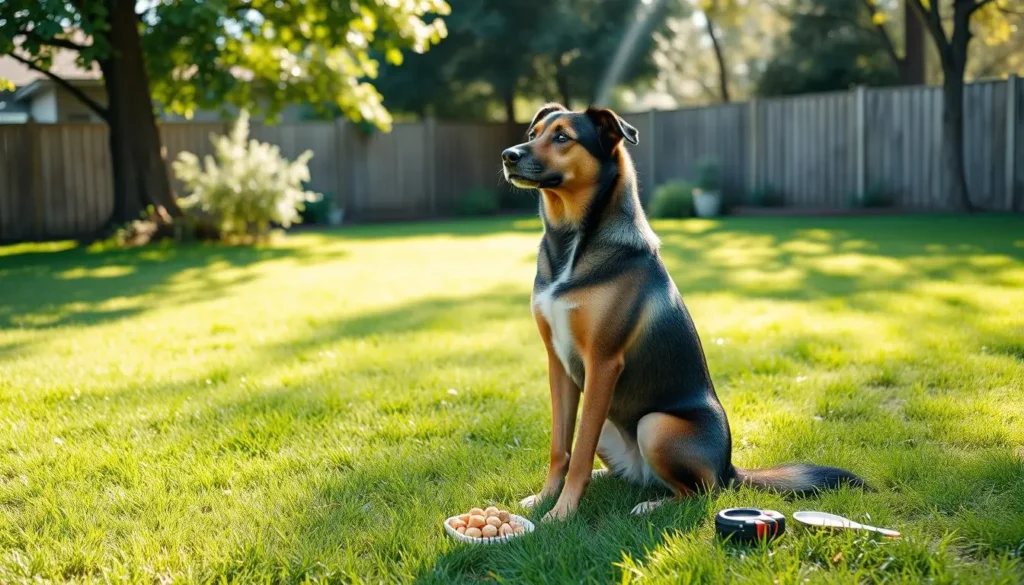
“Consistent and positive reinforcement is the key to teaching your dog basic commands at home. With patience and dedication, you can turn your furry friend into a well-behaved companion.”
Positive Reinforcement Techniques That Work
Training your dog doesn’t mean using punishment. Instead, use positive reinforcement to encourage good behavior. This approach strengthens your bond with your dog. By using different positive reinforcement strategies, you can make training a fun journey for both of you.
Treats and Rewards
Dogs who love food do well with treat-based training. Give small treats when your dog acts right. This positive reinforcement makes them want to do it again. Try different healthy snacks to see what your dog likes best.
Verbal Praise and Physical Affection
Verbal praise and affection are also key in positive reinforcement training. When your dog does well, tell them in a happy voice. Use pats, scratches, or other touches they like.
Clicker Training Basics
Clicker training is a great way to train your dog. It uses a small device that makes a click sound. This lets your dog know exactly when they’re right, followed by a treat. It’s a clear way to teach them what you want.
Using different positive reinforcement methods makes training fun and rewarding. It strengthens your bond with your dog. Remember, be patient and consistent for the best results.
Addressing Common Behavioral Issues
As a devoted dog owner, you might face issues like excessive barking, jumping, chewing, or leash pulling. These problems can be tough, but the right dog behavior modification and training your dog at home can help. You can improve your dog’s behavior and their overall happiness.
Positive reinforcement training is a great way to stop unwanted behaviors. By rewarding your dog for good actions, you encourage good habits. This method also strengthens your bond with your dog.
Tackling Excessive Barking
Excessive barking is common, often due to boredom, anxiety, or a need for attention. Here are some strategies to help:
- Give your dog plenty of physical and mental stimulation through exercise, toys, and training.
- Teach the “quiet” command and reward your dog for stopping barking on cue.
- Find and solve the root cause, like separation anxiety or lack of socialization.
Curbing Jumping and Chewing Behaviors
Jumping up and chewing can be annoying, but they can be managed with training:
- Teach your dog to sit and stay, rewarding them for calm greetings.
- Give them chew toys and change them often to keep them interested in the right things.
- Make sure they get enough exercise and mental stimulation to prevent boredom chewing.
Addressing Leash Pulling
Leash pulling can make walks hard for both you and your dog. Here are some tips to help:
- Teach the “loose leash” command and reward your dog for walking calmly by your side.
- Use a front-clipping harness or head halter to gently guide your dog and stop pulling.
- Start leash training in quiet places and then gradually add more distractions.
Fixing common behavioral issues takes time, patience, and consistency. By using dog behavior modification and training your dog at home, you can have a well-behaved and happy dog.
House Training and Crate Training Fundamentals
Learning how to house train and crate train your pet is key. It doesn’t matter if you have a new puppy or an adult dog. These skills can greatly improve your dog’s behavior and your bond with them. Let’s explore the basics of setting up a good house training routine and creating the ideal crate space.
Setting Up the Perfect Crate Space
A good crate should feel like a cozy den to your dog. Pick a crate that lets your dog stand, turn around, and lie down easily. Use a soft, washable pad or blanket on the bottom and add some favorite toys. This makes the crate a safe, welcoming space. Start by introducing the crate slowly, using treats and positive words to make it a positive experience.
Establishing Bathroom Routines
- Start by taking your dog out every two to three hours to go to the bathroom.
- Watch for signs like circling or sniffing, and take them outside right away.
- When your dog goes potty outside, praise and reward them to encourage good behavior.
Accident Prevention and Management
Accidents happen when house training, but you can reduce them. Always watch your dog when they’re not in their crate. Look for signs they need to go. If they have an accident, don’t scold them. This can make training harder.
Instead, clean up the mess with an enzymatic cleaner. This removes smells that might make your dog go there again.
| Crate Size | Recommended for Breeds |
|---|---|
| Small | Chihuahuas, Yorkies, Pomeranians |
| Medium | Beagles, Cocker Spaniels, Bulldogs |
| Large | Labradors, Golden Retrievers, German Shepherds |
By following these tips, you can create a routine that helps your dog succeed. It also strengthens your bond with them.
Advanced Training Tips and Techniques
Want to improve your dog’s obedience training? Learn advanced techniques to teach complex commands and boost off-leash reliability. Also, add exercise and mental games to keep your dog active and well-behaved.
Begin with advanced commands like “stay,” “come,” and “heel.” These commands help your dog listen and respond in tough situations. Use positive reinforcement to increase the time and distance of these commands. This builds your dog’s focus and self-control.
Introduce brain games and puzzle toys to challenge your dog’s mind. Try nose work, scent discrimination, and hide-and-seek to sharpen their problem-solving skills. Regular mental and physical activities are essential for a balanced, obedient dog.
FAQ
1.What are the benefits of training your dog at home?
Training your dog at home saves money and strengthens your bond. It’s also convenient because you can train whenever you want. A consistent routine helps you train more effectively.
2.What essential equipment do I need for home dog training?
You’ll need leashes, treats, clickers, and interactive toys for home training. These tools help teach good behavior and make training fun for your dog.
3.How can I understand my dog’s learning style?
It’s important to know how your dog learns best. Some dogs learn by seeing, others by hearing. Some like treats, others like praise. Tailor your training to fit your dog’s needs and age.
4.How do I get started with training my dog at home?
Start by setting up a training area and making rules. Introduce basic commands and use positive reinforcement like treats and praise. This encourages good behavior from the start.
5.How can I establish a consistent training schedule?
Make a training schedule that works for you. Include training in the morning, evening, and on weekends. This helps keep your dog obedient and follows a routine.
6.What are the basic commands every dog should know?
Every dog should learn sit, stay, come, heel, and leave it. Learning these commands helps keep your dog safe and obedient.
7.How can I use positive reinforcement techniques effectively?
Positive reinforcement like treats, praise, and clicker training works well. It helps teach good behavior and strengthens your bond with your dog.
8.How do I address common behavioral issues at home?
To fix problems like barking, jumping, or chewing, use consistent training and positive reinforcement. Be patient and persistent to change bad behaviors.
9.What are the essentials of house training and crate training?
House and crate training are key for your dog’s health and your home’s cleanliness. Set up a comfy crate, establish bathroom routines, and manage accidents well.
10.What advanced training techniques can I try at home?
Try advanced training like complex commands, off-leash reliability, and mental games. These keep your dog engaged, well-behaved, and strengthen your bond.
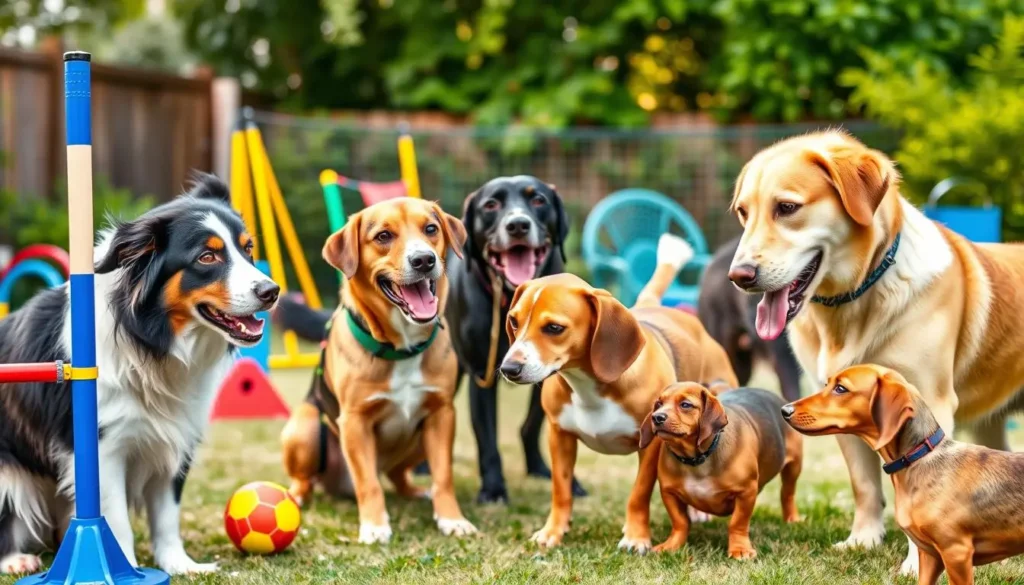
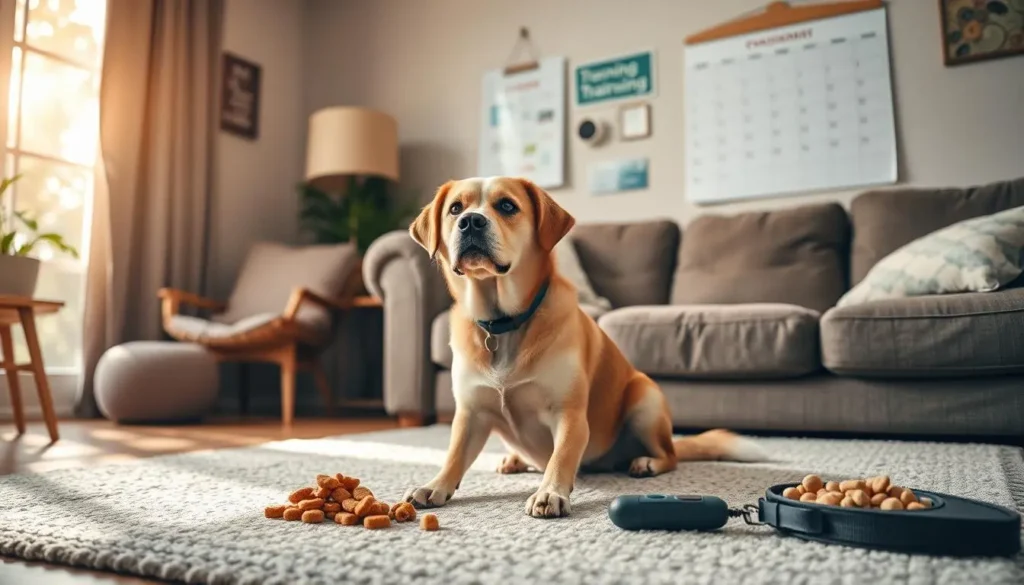
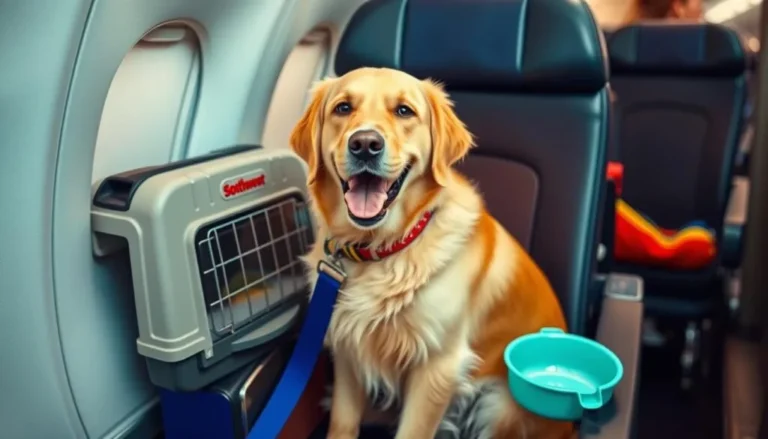
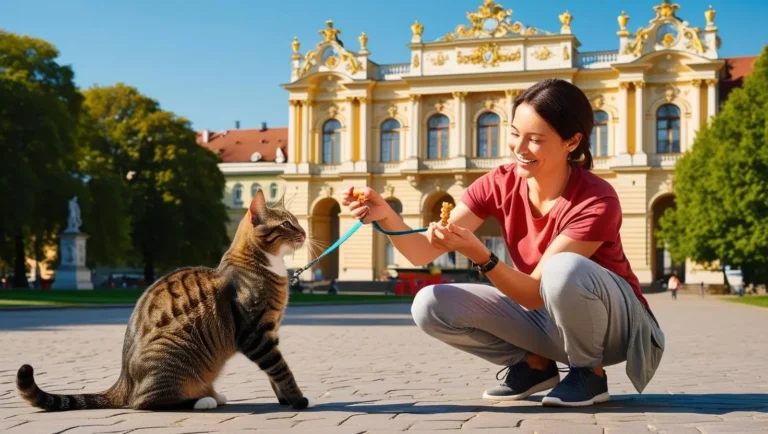

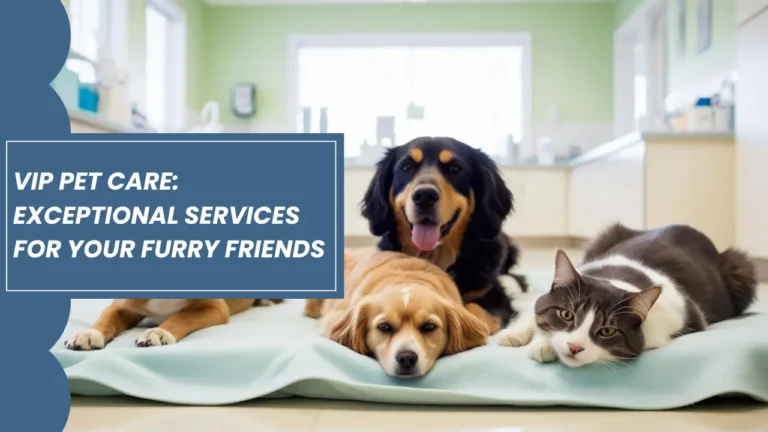
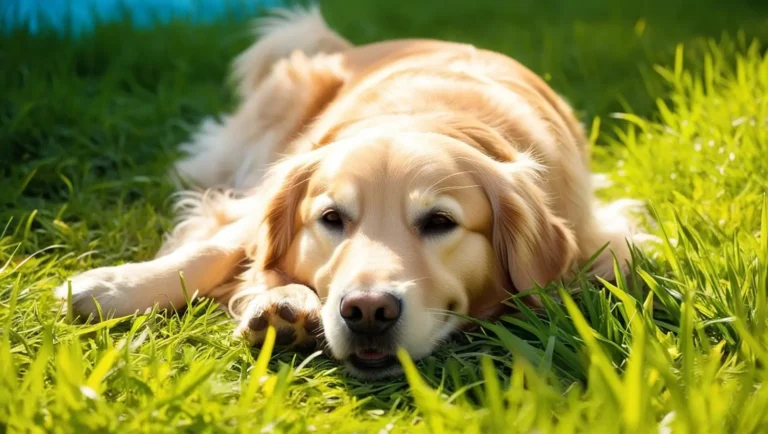

In my opinion you are not right. I am assured. I can prove it. Write to me in PM.